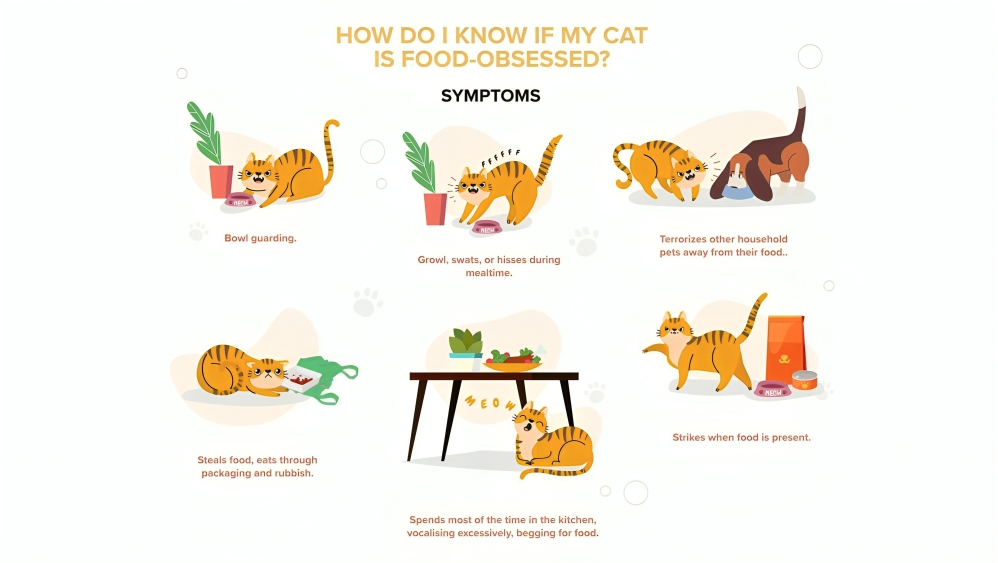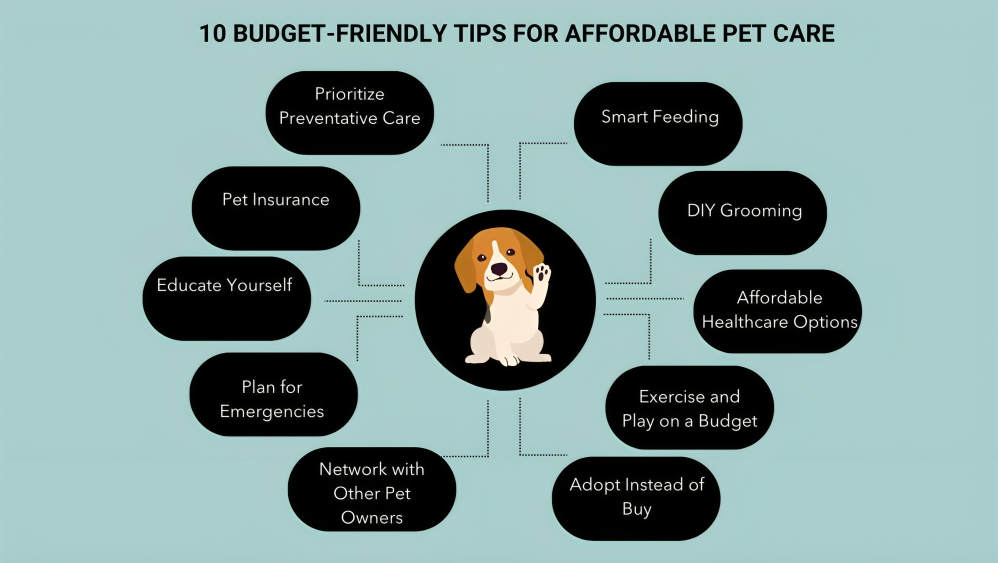Understanding and Managing Cat Food Aggression:
A Comprehensive Guide
Cat food aggression is a behavior exhibited by some felines that can concern pet owners. This behavior can manifest in various ways, such as hissing, growling, or aggressive actions toward humans or other pets during mealtime. Understanding the root causes of cat food aggression and implementing effective management strategies are crucial for maintaining a harmonious relationship between cats and their owners. In this comprehensive guide, we will delve into the reasons behind cat food aggression and provide practical tips on addressing and preventing this behavior.
READ MORE…..
Causes of Cat Food Aggression
Before addressing cat food aggression, it’s essential to identify the underlying causes. Several factors can contribute to a cat displaying aggressive behavior during mealtime:
Resource Guarding: Cats are territorial animals, and some may develop a sense of ownership over their food. This can lead to aggressive behavior as a way to protect their resources.
Medical Issues: Pain or discomfort while eating due to dental problems or other health issues can cause a cat to become defensive during meals.
Social Hierarchy: In multi-pet households, cats may exhibit food aggression to establish or maintain their position in the social hierarchy.
Previous Trauma: Cats with a history of neglect or abuse may associate mealtime with negative experiences, leading to defensive behavior.
Recognizing Food Aggression Signs
To effectively address cat food aggression, it’s crucial to recognize the signs early on. Common indicators include:
Hissing and Growling: Vocalizations such as hissing or growling are clear signs of discomfort or aggression.
Body Language: A cat displaying food aggression may puff up its fur, arch its back, or adopt a defensive posture.
Swatting or Scratching: Aggressive actions, such as swatting or scratching, can occur if a cat feels threatened during meals.
Excessive Vigilance: Cats with food aggression may exhibit heightened vigilance, keeping a close eye on their surroundings to protect their food.
Veterinary Evaluation
If you notice signs of food aggression in your cat, it’s crucial to rule out any underlying medical issues. Schedule a veterinary check-up to ensure your cat is in good health. Addressing potential health concerns can significantly improve your cat’s behavior during meals.
Gradual Desensitization
Once medical issues are ruled out, addressing cat food aggression involves desensitizing the cat to the triggers that cause aggressive behavior. This process should be gradual and positive:
Slow Feeding Introductions: If you have multiple pets, feed them separately to avoid competition for food. Gradually introduce them to each other’s scents and presence during mealtimes.
Positive Reinforcement: Reward your cat for calm behavior during meals. Use treats or praise to reinforce positive associations with the feeding environment.
Interactive Feeders: Provide mental stimulation by using interactive feeders or puzzle toys that dispense food. This can redirect your cat’s focus and reduce aggressive tendencies.
Desensitization to Touch: Gently touch your cat while it’s eating to accustom it to human interaction during meals. Start with brief touches and gradually increase the duration as the cat becomes more comfortable.
Establishing a Consistent Feeding Routine
Cats thrive on routine, and establishing a consistent feeding schedule can help reduce anxiety and prevent food aggression. Stick to a set feeding time and location, and be patient as your cat adjusts to the routine.
Environmental Enrichment
Providing a stimulating environment can alleviate stress and reduce food aggression. Consider the following environmental enrichment strategies:
Vertical Spaces:
Cats feel more secure when they have access to vertical spaces. Install shelves or provide cat trees to create elevated areas.
Hiding Spots:
Create hiding spots where your cat can retreat if it feels overwhelmed. This gives them a safe space to relax and reduces the likelihood of aggressive behavior.
Playtime:
Engage in regular play sessions to expend your cat’s energy and provide an outlet for natural hunting instincts.
Scent Familiarization:
Swap bedding or toys between pets to familiarize them with each other’s scents, promoting a sense of unity within the household.
If your cat displays food aggression, it’s essential to address the issue to ensure a safe and harmonious environment. Here are some tips to manage cat food aggression:
- Identify the Cause:
- Determine whether the aggression is directed towards humans, other animals, or both.
- Consider any recent changes in the cat’s environment, routine, or diet that might be causing stress.
- Separation during Feeding:
- Feed aggressive cats in a separate room to avoid conflicts with other pets.
- Provide each cat with its own food and water bowls, ensuring they are placed in different locations.
- Scheduled Feeding:
- Establish a regular feeding schedule. Cats often feel more secure when they know when to expect their meals.
- Interactive Play:
- Engage in interactive play with your cat before feeding time. This can help release excess energy and reduce stress.
- Positive Reinforcement:
- Reward calm behavior during feeding with treats or praise. Reinforce positive associations with the presence of humans or other animals during meals.
- Slow Introductions:
- If you have multiple pets, introduce them to each other slowly and gradually, especially during mealtime. Use positive reinforcement to reward calm behavior.
- Behavioral Training:
- Consider working with a professional animal behaviorist to address underlying behavioral issues.
- Consult with a Veterinarian:
- Rule out any medical issues that could be causing discomfort or pain during eating. Dental problems, for example, might make eating painful, leading to defensive behavior.
- Provide Multiple Resources:
- Ensure there are enough food and water bowls, litter boxes, and other resources for each pet in the household. Lack of resources can contribute to competition and aggression.
- Use Puzzle Feeders:
- Incorporate puzzle feeders or interactive toys that dispense food. This not only makes mealtime more engaging but also helps redirect your cat’s focus.
- Monitor Body Language:
- Learn to read your cat’s body language. Signs of aggression include hissing, growling, flattened ears, and an arched back. If you notice these signs, give the cat space.
- Seek Professional Advice:
- If the aggression persists or escalates, consult with a veterinarian or a professional animal behaviorist for personalized advice.
Yes, seeking professional advice is crucial, especially when dealing with persistent or escalating aggression in your cat. Here’s why consulting with a veterinarian or a professional animal behaviorist is important:
Medical Issues:
Aggressive behavior in cats can sometimes be linked to underlying medical problems. Pain, discomfort, or illness can contribute to changes in behavior. A veterinarian can conduct a thorough physical examination, run necessary tests, and rule out any health issues that may be causing or exacerbating aggression.
Behavioral Assessment:
Professional animal behaviorists are trained to assess and understand animal behavior. They can conduct a detailed behavioral assessment to identify the root cause of aggression. This may involve observing the cat in its home environment, considering its history, and evaluating interactions with family members and other pets.
Tailored Solutions:
Every cat is unique, and the reasons for aggression can vary widely. A professional can provide personalized advice and solutions based on the specific circumstances of your cat. They may recommend behavior modification techniques, environmental changes, or other interventions tailored to your cat’s needs.
Safety and Well-being:
Aggressive behavior can pose risks to both the cat and the people or animals in the household. A professional can guide you on how to manage the situation safely, preventing injuries and creating a more secure environment for everyone involved.
Understanding Triggers:
Identifying the triggers for aggression is crucial for effective intervention. A veterinarian or behaviorist can help you identify specific situations, stimuli, or stressors that may be contributing to the aggressive behavior.
Follow-up Support:
Professionals can offer ongoing support and guidance as you work to address the aggression. Regular follow-up assessments and adjustments to the behavior modification plan may be necessary, and a professional can help you navigate the process.
Remember, each cat is unique, and the approach to addressing food aggression may vary. Patience and consistency are key elements in modifying behavior. If you’re unsure about how to handle your cat’s food aggression, seeking advice from a professional can be beneficial.
Conclusion
Understanding and managing cat food aggression requires patience, consistency, and a holistic approach. By identifying the root causes, recognizing early signs, and implementing positive reinforcement techniques, pet owners can foster a positive mealtime environment for their feline companions. Remember that each cat is unique, and the key to success lies in tailoring strategies to suit your cat’s individual needs. With time and dedication, cat food aggression can be effectively addressed, strengthening the bond between cats and their owners.




